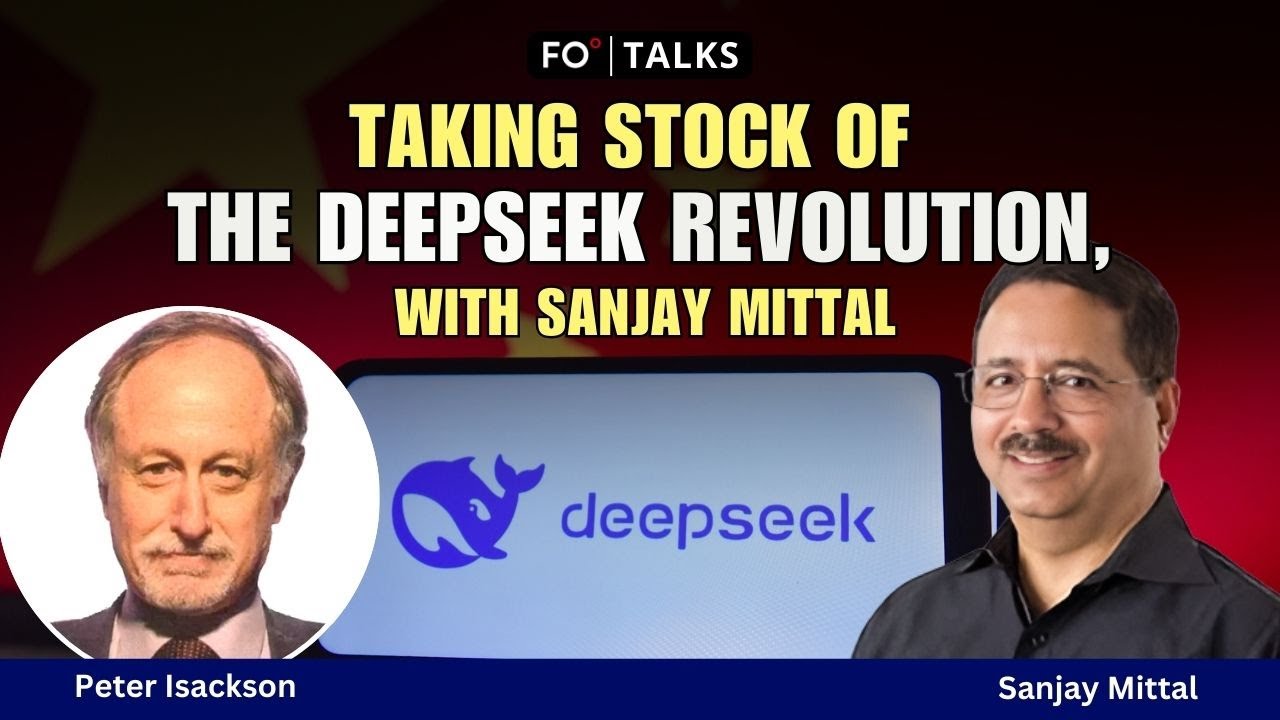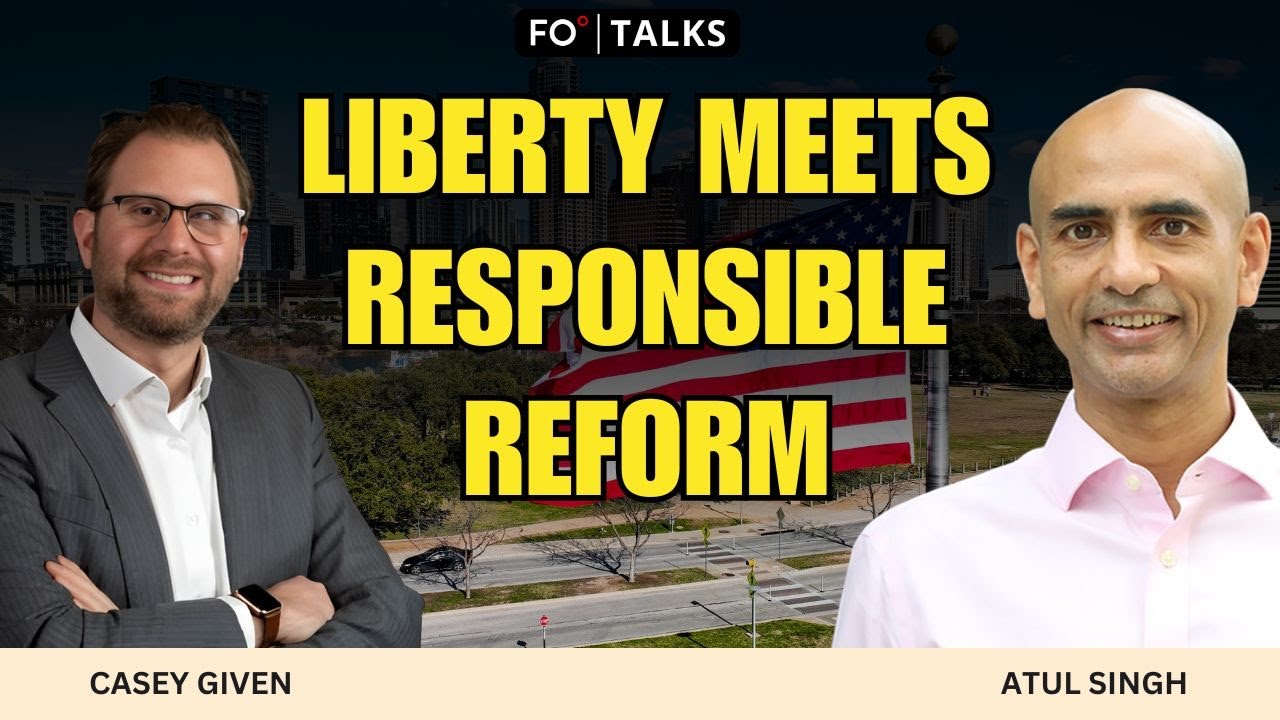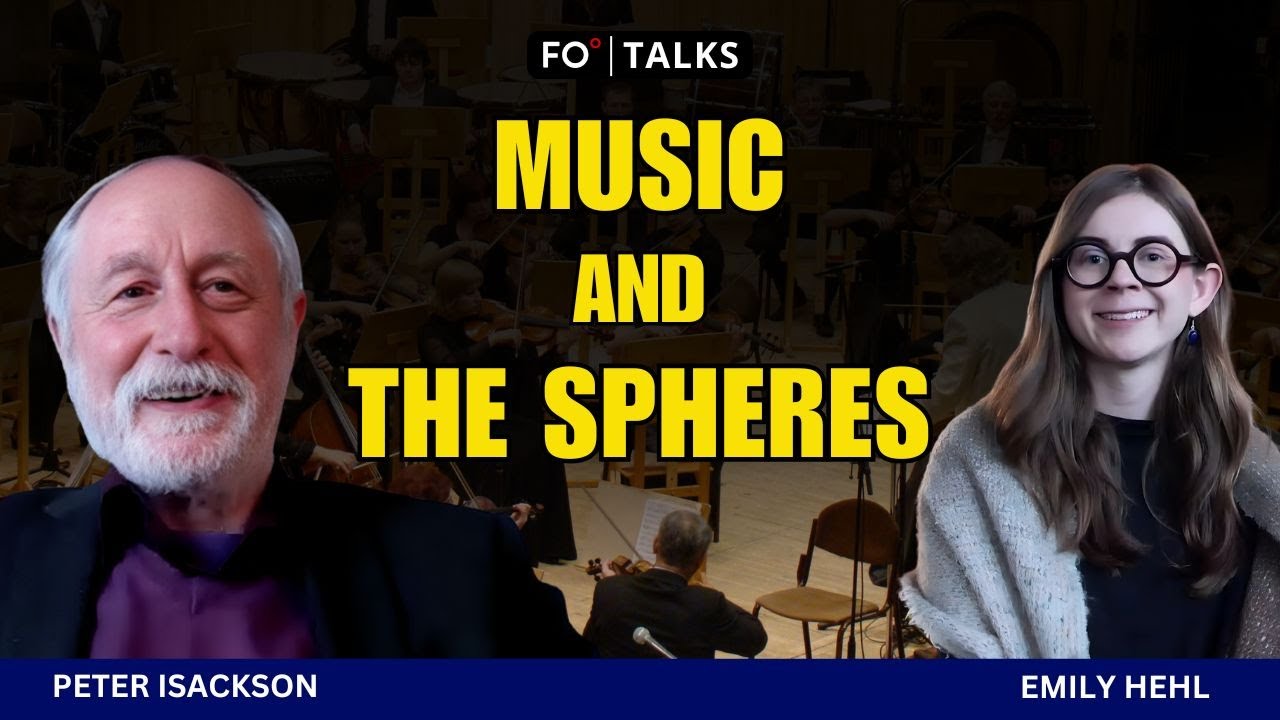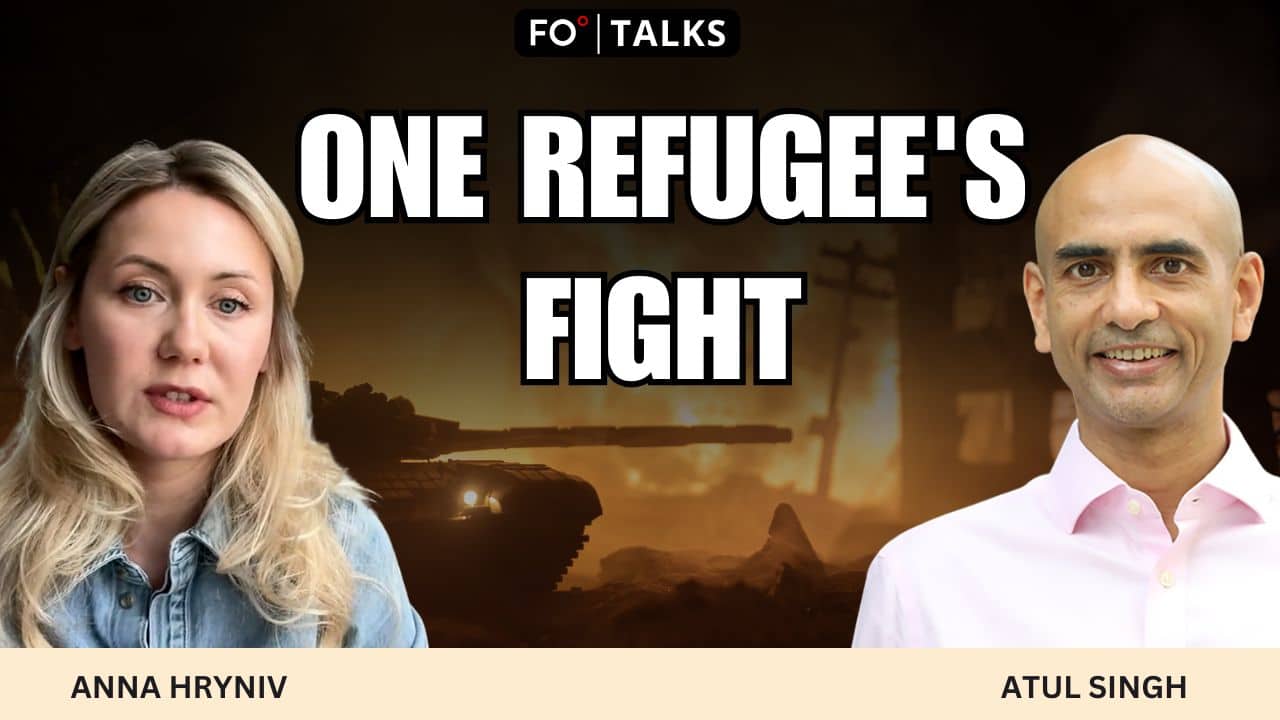[This is the fourth part of a nine-part series. To read more, see Parts 1, 2 and 3 here.]
The collapse of Syrian President Bashar al-Assad’s dictatorship in December 2024 is a loss for both the Iranian regime and its strategy, known as the Shia Crescent. This is a territory that stretches from Iran to the Lebanese–Israeli border at Golan through Iraq and Syria.
Through the Shia Crescent Iran sought to encircle and destroy Israel and spread Shia Islam throughout the Middle East. Syrian–Iranian relations were at the core of Iran’s strategy towards Israel. The peace treaty between Syria and Iran lasted from 1979 to 2024; both the treaty and alliance were considered unusual.
Alawites and Shia Islam
The Ba’ath Party considered Syria to be a secular state whereas Iran was declared an Islamic Republic. The contradiction of a secular state supporting an Islamic regime became an issue for Syria, as it was the only country to support Iran in the Iran–Iraq War (1980–1988).
Furthermore, Hafez al-Assad, then-leader of the Syrian Ba’ath Party, was an Alawite. The Alawite sect always maintained secrecy about its religious practice. As a result, people began to question whether they were Shias. It has historically been difficult to claim that Alawites are Shias — at best, the sect is considered an off-shoot of Shia Islam.
The Iran–Syria alliance was formed in the interest of the Assad regime. Both Hafez and his son, Bashar, understood that Syria would require Iran’s help if the Sunni population challenged them. Iran and Russia’s support, as well as Lebanon’s support via its Shia paramilitary group, Hezbollah, ensured the survival of Bashar al-Assad’s regime for almost 14 years.
Lebanon joined Iran’s Shia Crescent because Shias make up a majority there.
Ultimately, the loss of Iranian influence does not indicate that Turkish President Recep Tayyip Erdoğan’s vision of neo-Ottomanism has won the current Syrian situation.
[Aniruddh Rajendran and Lee Thompson-Kolar edited this piece.]
The views expressed in this article/video are the author’s own and do not necessarily reflect Fair Observer’s editorial policy.










































Comment